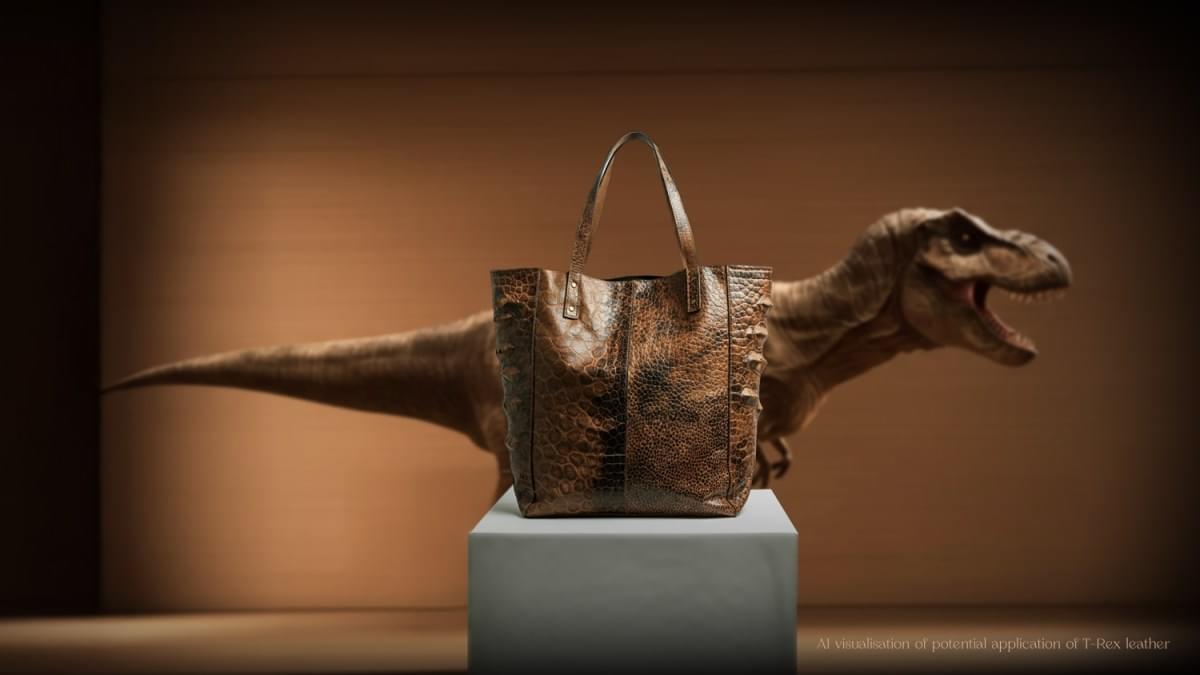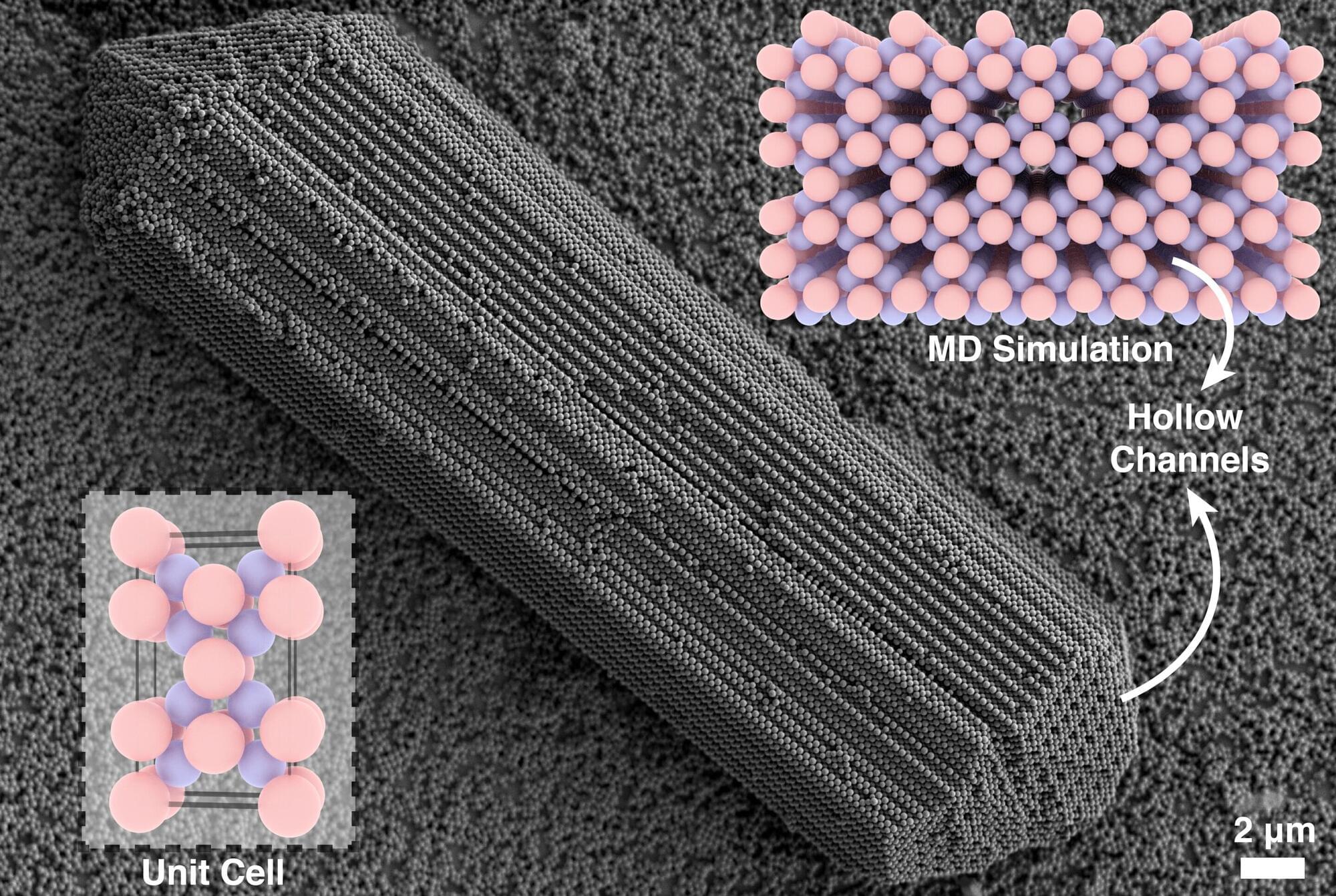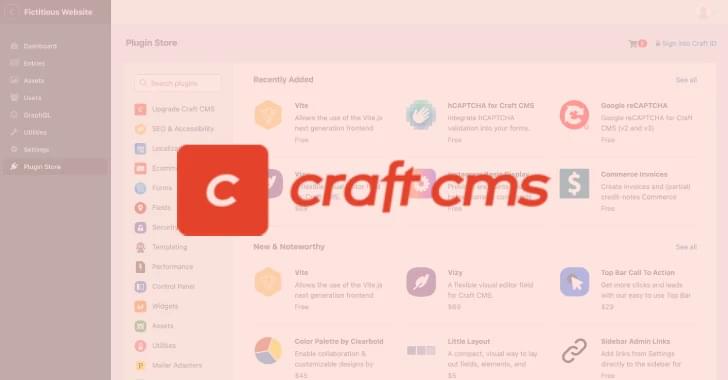Catenanes are organic compounds with ring-like molecules that are mechanically interlocked. The mechanical locking system in such molecules is so robust that they can only be disentangled via covalent bond cleavage. A recent study has presented a new strategy for controlling the chirality—the property where a molecule has non-superimposable mirror images—of mechanically interlocked molecules (MIMs) like catenanes, without changing its overall shape via non-covalent means.
The researchers successfully demonstrated the synthesis of a compact catenane, BPHC4+ with tunable mechanical chirality, as reported in Nature Synthesis.
Unlike traditional chirality that originates from covalent bonds forming asymmetric centers, in MIMs the chirality can arise from the way parts of the molecule are mechanically linked and not the chirality of the individual rings that are interlocked together. This is known as mechanical chirality.






